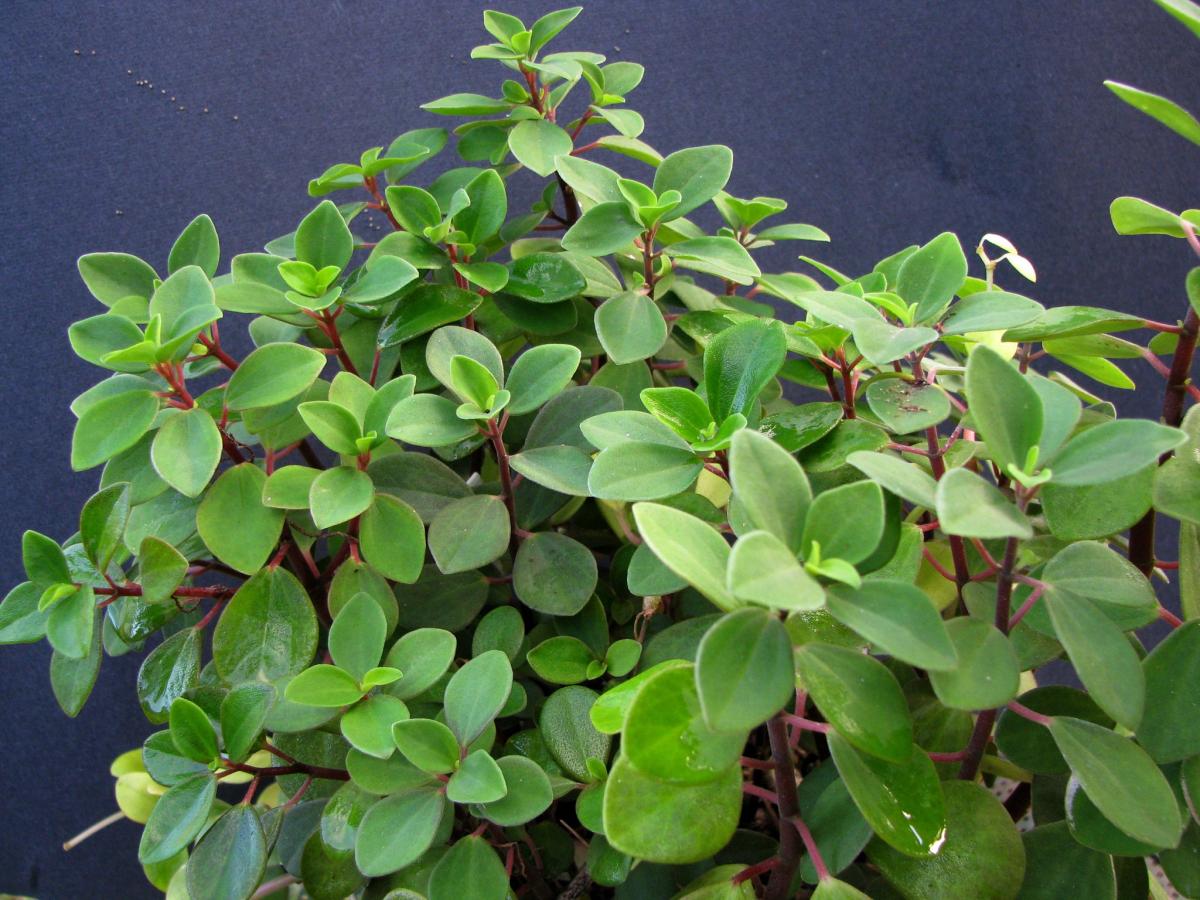
Image - Flickr / David Eickhoff
Peperomia is one of the most difficult indoor plants to maintain. It is very, very demanding: you need warm temperatures, high relative humidity, and control of irrigation. Its roots are especially delicate, because if they find a land with too much water it will take them a lot to breathe, and therefore they can drown. Another problem that frequently arises is leaf rot as a result of spraying the leaves with water.
This is done when the environment is very dry, but the truth is that as they are fleshy, it is preferable to opt for other methods so that the humidity is higher. But also, It is also interesting to know which are the Peperomia varieties that are most cultivated, since despite everything, it is so beautiful that it is almost impossible to avoid buying one.
What is Peperomia?

Image - Wikimedia / James Steakley // peperomia perciliata
Peperomia is the name given to a botanical genus, which is composed of a series of perennial plants, generally herbaceous and small, native to America and tropical Africa. It is estimated that there are more than 1000 different varieties, characterized by having succulent leaves, with elongated or rounded shape, green, red, or gray.; They can even be of two colors: for example, have a green upper and a reddish underside, like the peperomia graveolens.
They do not usually exceed 20 centimeters in height, and bloom in spring-summer. When they do, they produce spadix flowers (like Anthurium) that are brown or yellow in color.
Types of Peperomia
Do you want to know the main Peperomia species? If so, you should know that there are more than a thousand species that there are, only a few are cultivated:
Peperomia caperata
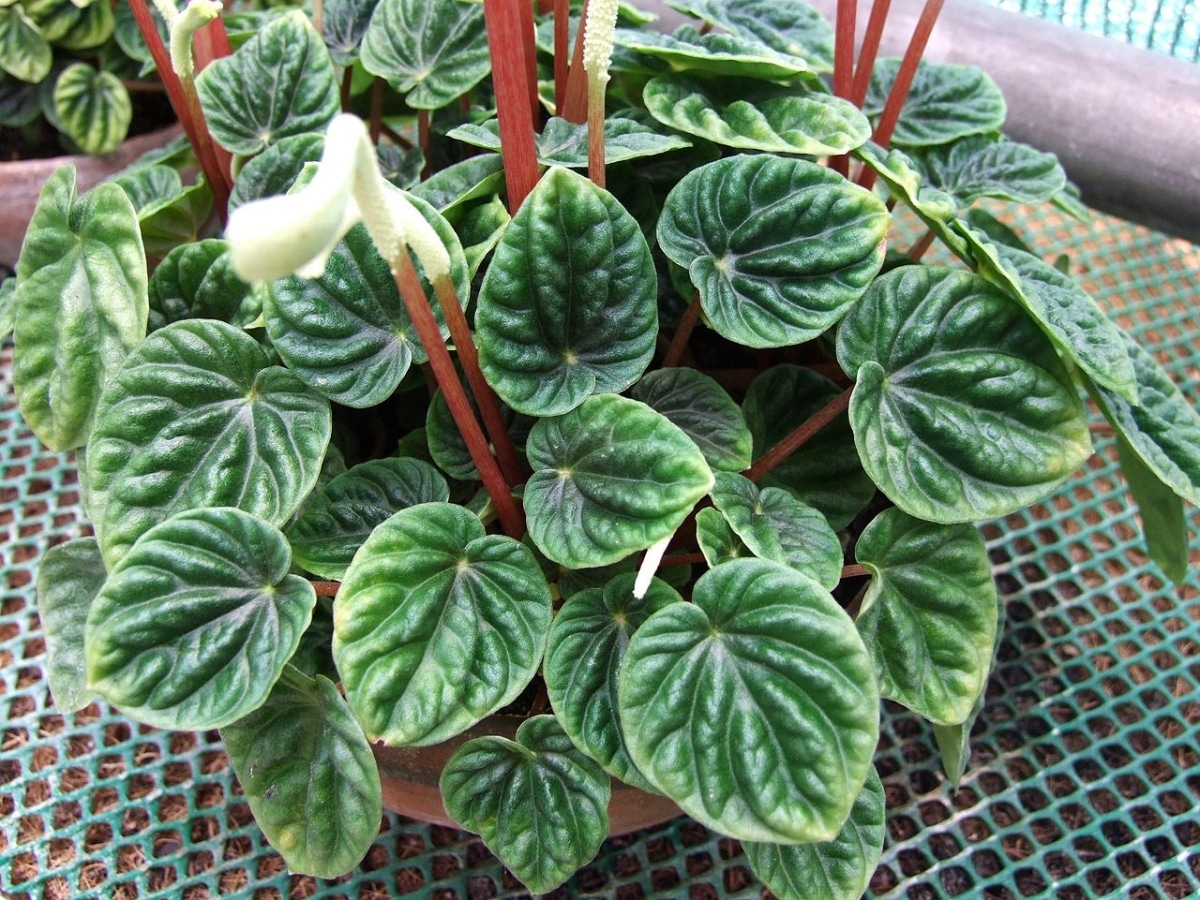
Image - Wikimedia / Jerzy Opioła
La Peperomia caperata It is a plant known by the common names of mouse tail or walnut shell. It is originally from Brazil, and has rounded green leaves. It grows only about 20 centimeters in height, and it is usually planted a lot in hanging pots since it beautifies the place a lot.
Peperomia ferreyrae
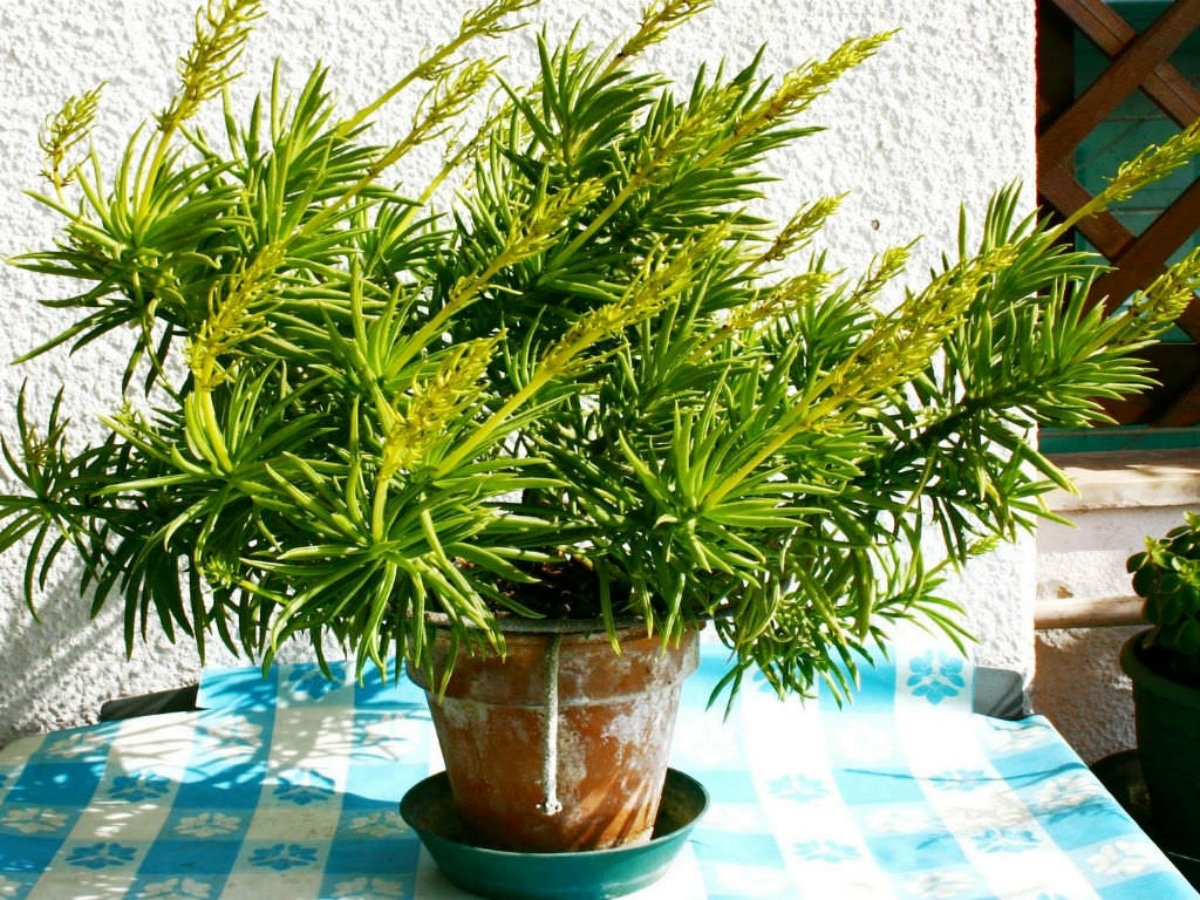
Image - Worldofsucculents.com
It is a variety that you can find in a cactus and succulent nursery, since it is not only a succulent plant, but it is also something that is seen with the naked eye. It has fleshy green leaves, and grows up to 30 centimeters in height.. It is sensitive to overwatering, so it should be planted in substrates that drain water very well.
peperomia graveolens
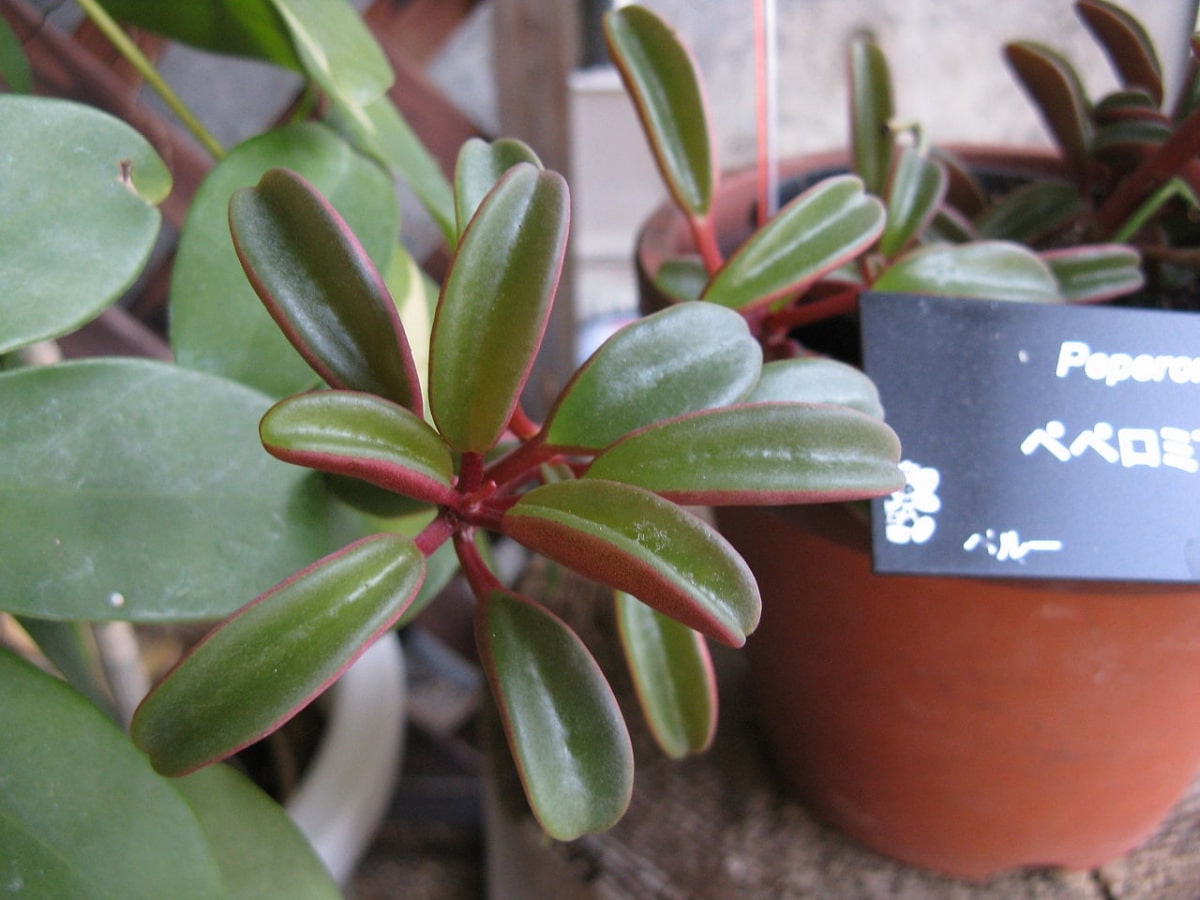
Image - Wikimedia / KENPEI
La peperomia graveolens it is one of the most common. It is endemic to southern Ecuador, and It has fleshy, elongated leaves with a reddish underside. It reaches an approximate height of 30 centimeters, and is perfect to have in wide and low pots.
Peperomia obtusifolia
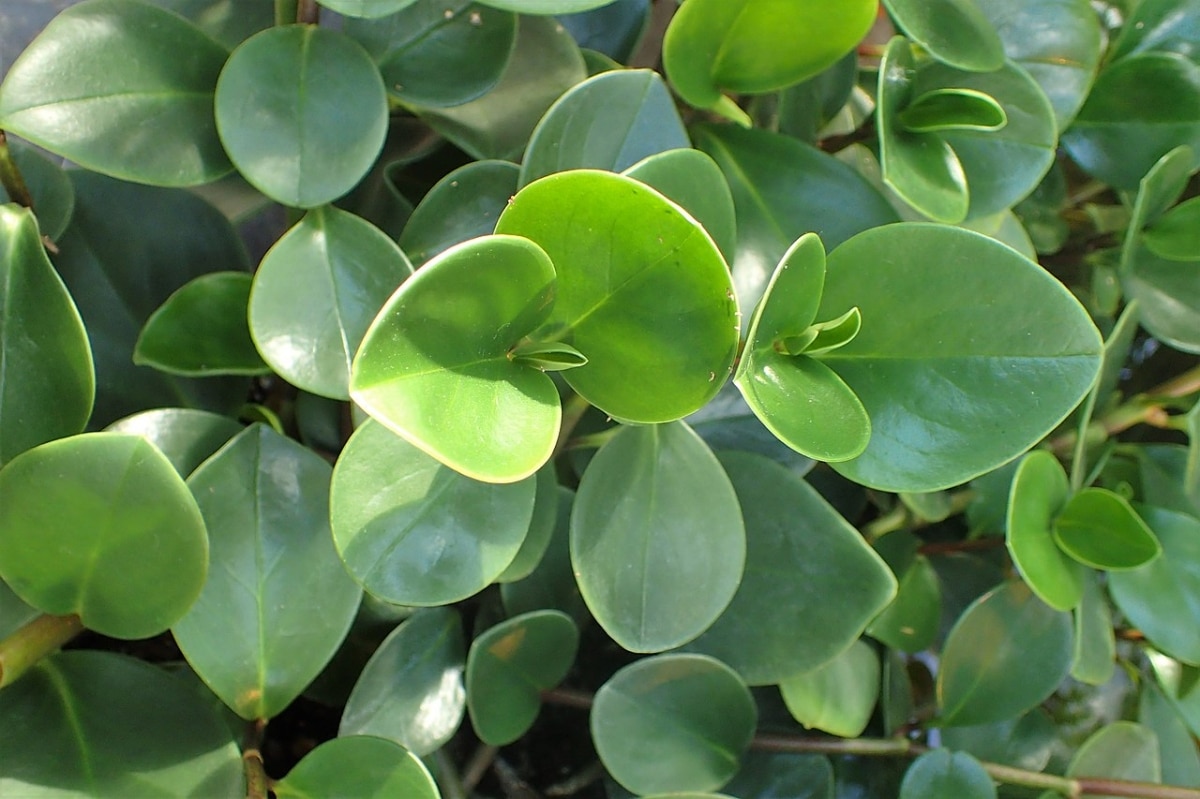
Image - Wikimedia / Krzysztof Ziarnek, Kenraiz
La Peperomia obtusifolia It is a plant that grows wild in Florida, Mexico and the Caribbean. It grows up to 25 centimeters tall, and has round leaves with a leathery texture.. These are bright green, very decorative.
Peperomia 'Rossso' (Peperomia caperata 'Rosso')
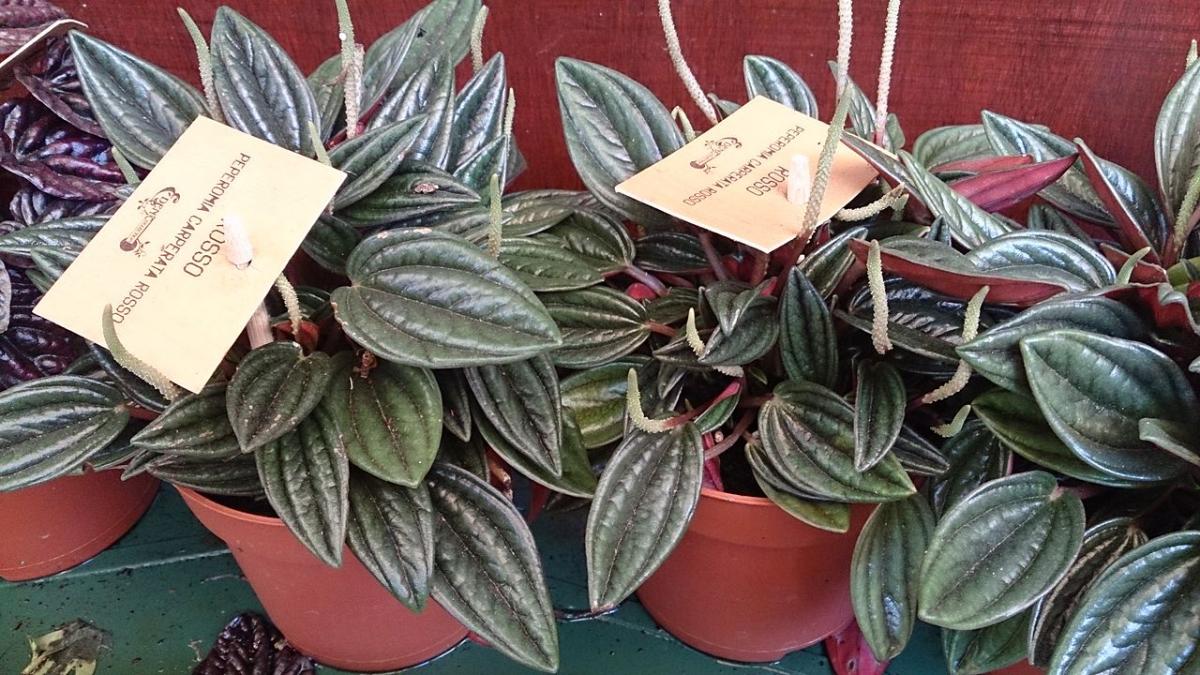
Image - Wikimedia / Mokkie
Peperomia 'Rosso' is a variety native to Central America that It has leaves which are dark green at the top and red at the bottom. It reaches an approximate height of 20 centimeters by more or less the same in diameter. It is very sensitive to cold, but indoors it can live for several years.
Peperomia care
Now let's move on to a sensitive issue: how are these plants cared for? It is important to know your needs, otherwise it will be easy to lose them prematurely. So let's get to it:
Climate
The climate it must be warm. They are tropical plants, so we don't have to expose them to low temperatures. Moreover, if it drops below 18 degrees Celsius, we must protect them, for example by putting them at home. Of course, if we have a heated greenhouse, we can choose to have it there.
Luz
The Peperomia they are very demanding of light, but not direct. If they are indoors, they should be placed in a room with windows, and / or one in which there is a lot of light. In low light conditions the leaves become soft and fall. In addition, care must be taken not to expose them to air currents from the air conditioning unit or fans.
Earth
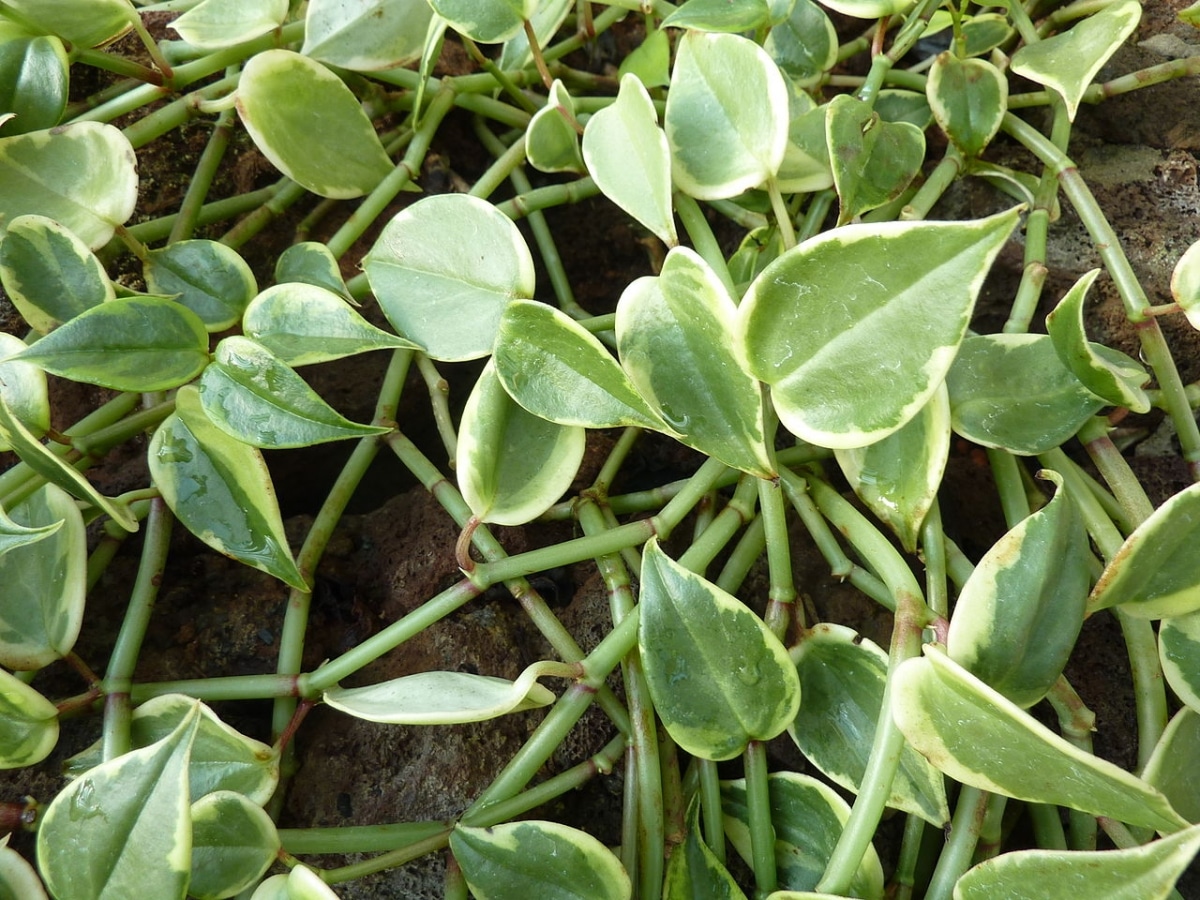
Image - Wikimedia / James Steakley // peperomia nitida F. Variegata
They are plants that grow in light, sandy soils, and therefore well drained. Those that are heavy and compact do not allow air to pass well between their granites, and that rot the roots. For this reason, it is advisable to plant in land for succulents. In the event that it is not possible to obtain them, you can choose to plant them in universal cultivation substrate, but only if they have perlite (for sale here), otherwise the risk of the roots rotting would be high.
Subscriber
It is advisable to fertilize peperomias in spring and especially in summer with a fertilizer for succulents (for sale here). You must follow the instructions for use so that no problems arise.
Irrigation
Its water needs are not very high. As it stores water in its leaves, which is why they are fleshy, it is able to withstand a little drought. Because, it has to be watered when the earth is dry.
Relative or ambient humidity
If we talk about relative humidity, this yes it must be high. So that problems do not arise, I recommend that you first check on a meteorology website what the relative humidity is in your locality (if you are in Spain, you can use the AEMET). If it is low, below 50%, then you will have to place containers of water around your plants or get a humidifier.
Multiplication
How to multiply a peperomia? If you want to have more plants, and for free, you just have to do the following in spring:
- Choose a healthy leaf and cut it at the base.
- Prepare a pot with succulent soil and water.
- Insert the leaf, burying them up to the blade.
- And wait.
You will know that everything has gone well when you see new leaves sprout, after a few days.
Plagues and diseases
Peperomia is not a plant vulnerable to pests or microorganisms that cause disease. Only when the summer is very hot and dry could we see mealybugs, aphids or spider mites., but nothing that cannot be removed with a cotton ball and water.
Now, if it is going to rain and you have them outside, it is important that you protect them with some anti-snail product.
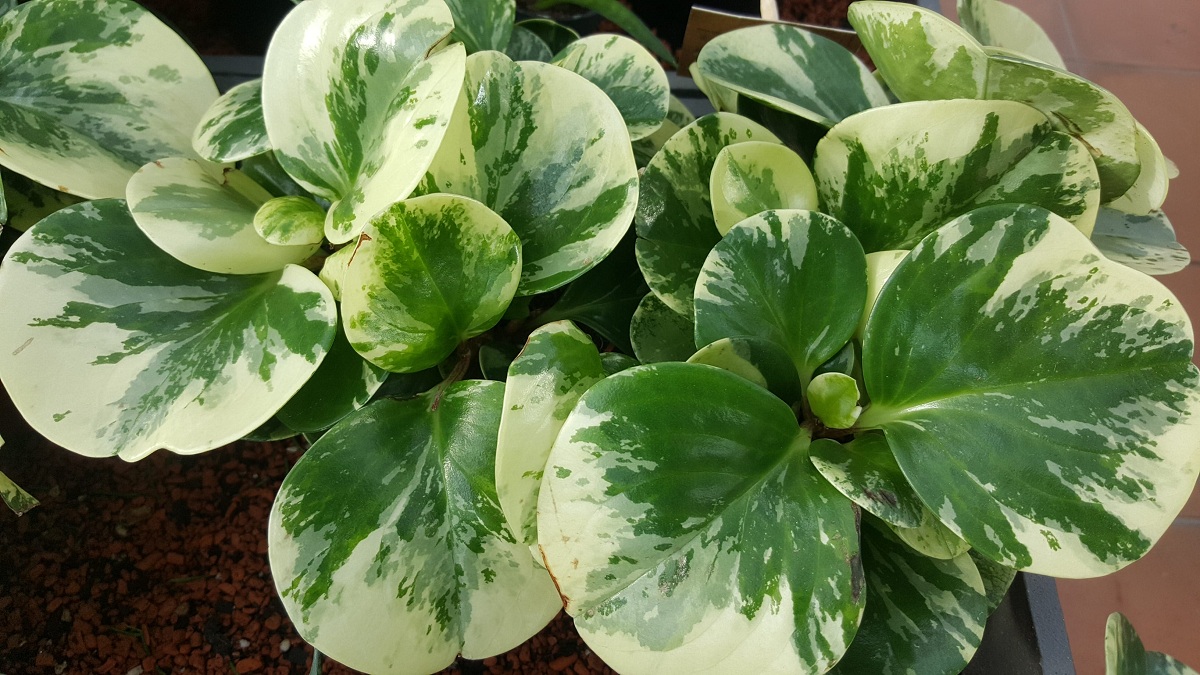
How to revive a peperomia?
Is your plant bad? If so, the following may happen to you:
- It has been watered too much: the leaves and stems are soft, like rotten. The soil may be so damp that verdina has started to grow. To help her, you have to cut the affected parts and change the soil. In addition, you have to plant it in a pot that has holes in its base, and water it only when you see the dry substrate.
- Is going thirsty: If you see that the leaves are wrinkled instead of soft and the soil is very dry, then you have to put the pot in a basin of water for a while, about half an hour so that it hydrates well. From there, you should increase the risks a little.
- It is burning: It may have brown leaves, but only those on one side, those that are more exposed to the sun or closer to the window. In these cases, you have to move it away from the star king or the crystal.
Where to buy a Peperomia plant?
Get a copy for your house or flat by clicking here:

